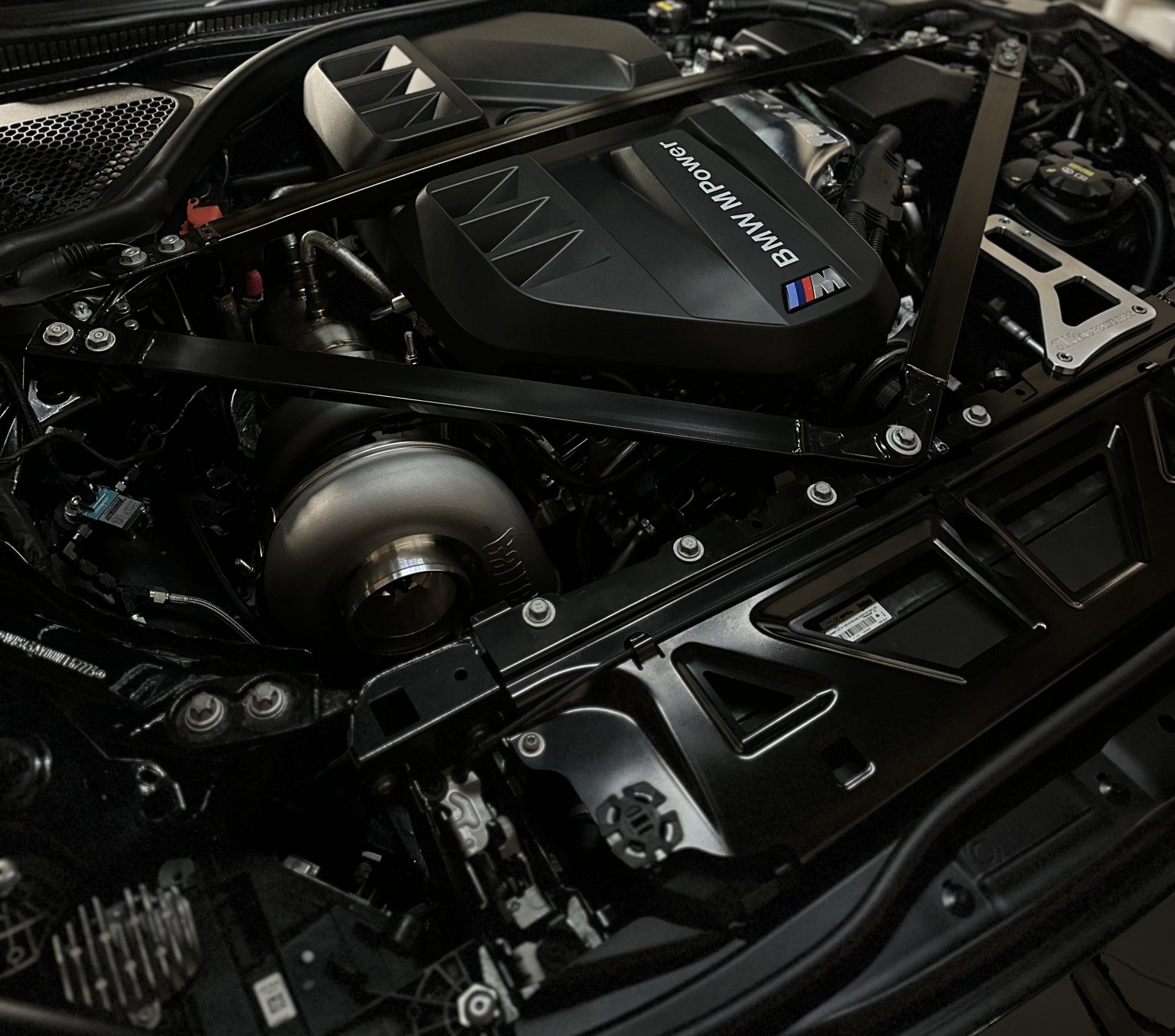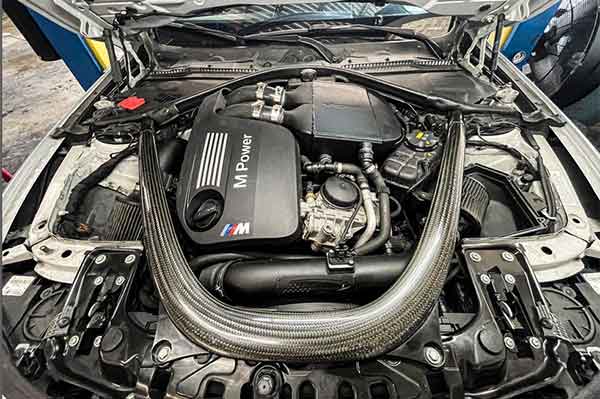Discovering the Advancement of Burning Engines in Modern Transport Equipments
As we browse the landscape of modern-day transport, the advancement of burning engines stands as a testimony to human ingenuity and engineering prowess. From their humble beginnings to the sophisticated giants propelling vehicles today, burning engines have actually undertaken an impressive trip of technology and adjustment. Comprehending the ins and outs of this development not only clarifies the past but additionally leads the method for imagining what lies ahead in the world of transport innovation. The interplay of background, innovation, and environmental concerns fit the trajectory of burning engines produces a narrative that is both engaging and informative.
Very Early Beginnings of Combustion Engines
How did the principle of combustion engines very first arise in the early stages of transportation advancement? The roots of combustion engines can be traced back to the 17th century when the principles of internal combustion were first discovered.
The advancement minute came with the creation of the initial successful gasoline-powered engine by Karl Benz in 1885 - bmw engine. This engine led the way for the growth of the modern vehicle, reinventing transport systems worldwide. Subsequent advancements by Nikolaus Otto and Gottlieb Daimler better refined combustion engine innovation, causing the mass manufacturing of automobiles and the rapid growth of the transportation market
These very early burning engines were identified by their simpleness and performance, laying the foundation for the complicated and powerful engines used in modern transportation systems. The advancement of burning engines has actually been critical fit the method we travel and transfer goods, marking a significant landmark in the background of transportation development.
Shift to Internal Burning Modern Technology
The shift to interior combustion modern technology noted a critical shift in the advancement of transport systems. This shift began in the late 19th century, with inventors like Nikolaus Otto and Gottlieb Daimler creating the very first successful inner burning engines. These engines transformed transportation by supplying a much more powerful and efficient choice to heavy steam engines and electric motors.
Among the crucial advantages of inner combustion engines was their ability to be reduced to fit into vehicles, causing the development of autos and motorbikes. This shift from large, stationary engines to small, mobile ones paved the method for the contemporary transport systems we see today.
The shift to inner combustion modern technology likewise stimulated improvements in fuel modern technology, causing the development of fuel and diesel as primary gas sources for lorries. This shift not just made transportation a lot more available to the masses yet also laid the structure for the oil and gas sector to become indispensable to global economic situations.
Effect of Combustion Engines on Transportation
The fostering of burning engines in transportation systems militarized a profound shift in the effectiveness and rate of global wheelchair. Burning engines transformed transportation by giving a reputable and functional resource of power for numerous vehicles, including automobiles, trucks, airplanes, and ships. This development dramatically boosted the ability for individuals and goods to relocate over fars away in shorter timespan, causing boosted connection in between areas and countries.
In addition, the prevalent usage of burning engines has had a significant effect on economic development. The ability to transfer goods efficiently has stimulated profession and business, enabling companies to expand their markets and reach customers worldwide. This has actually assisted in financial growth and globalization, as products can currently be moved much faster and in larger quantities than ever.
Nonetheless, the ecological effect of combustion engines can not be forgotten. The burning of fossil fuels has resulted in air contamination and greenhouse gas discharges, contributing to climate adjustment and positioning health threats to populaces. bmw engine. As a result, there is an expanding emphasis on developing different propulsion innovations to mitigate these adverse impacts and create an extra sustainable future for transport
Developments in Combustion Engine Style
Various innovations in combustion engine layout have actually moved the advancement of transportation systems over the years. One significant innovation is the advancement of turbocharged engines, which use exhaust gases to drive a generator that compresses inbound air, enabling more gas to be charred, causing enhanced power result without a considerable rise in engine size. Furthermore, straight injection innovation has actually improved gas efficiency and performance by specifically controlling the amount and timing of gas infused into the combustion chamber. Variable shutoff timing try this out systems have likewise changed engine design visit this website by enhancing air movement at different engine speeds, boosting both power and efficiency. Another considerable innovation is the integration of light-weight products such as carbon fiber and light weight aluminum alloys, decreasing general engine weight and boosting lorry fuel economic climate. Moreover, innovations in computer-aided design have allowed engineers to enhance engine efficiency and performance via simulations before physical prototypes are built, saving time and resources in the advancement process. These developments jointly add to the constant renovation of burning engines in modern-day transport systems.
Future Trends in Burning Engine Advancement
With modern technology developments driving continual development, the future of burning engine development is poised to change transportation systems internationally. One of the key patterns in burning engine development is the push in the direction of better efficiency and minimized exhausts.
Another popular fad is the adoption of hybrid innovations in burning engines. Crossbreed engines combine conventional burning modern technology with electric power, providing enhanced gas performance and reduced emissions. As the automobile market changes in the direction of electrification, crossbreed burning engines are viewed as a transitional solution that bridges the space between traditional lorries and totally electrical ones.
Moreover, the integration of smart innovations, such as expert system and information analytics, is anticipated to play a substantial duty in the future of burning engine growth. These modern technologies can maximize engine efficiency in real-time, bring about extra reliable burning procedures and improved general automobile performance. Accepting these future patterns will not only drive innovation in combustion engine development but also add to an extra environmentally friendly and lasting transport environment.

Conclusion
In verdict, the development of combustion engines in modern-day transport systems has been noted by substantial developments in technology and design. From the very early beginnings of burning engines to the shift to internal burning innovation, these engines have had an extensive effect on transportation.
The origins of burning engines can be mapped back to the 17th century when the principles of inner combustion were initial discovered. These engines revolutionized transport by providing a more effective and efficient choice to heavy discover this steam engines and electrical motors.
